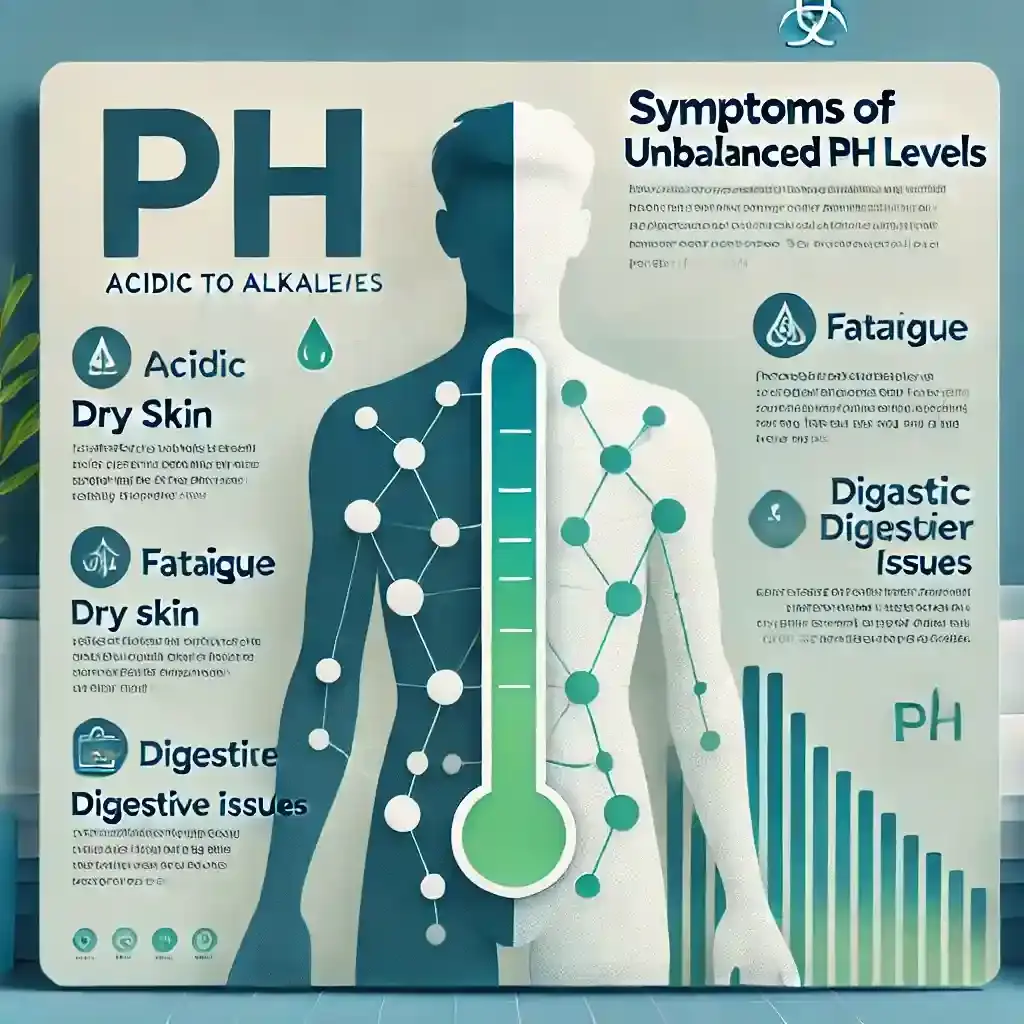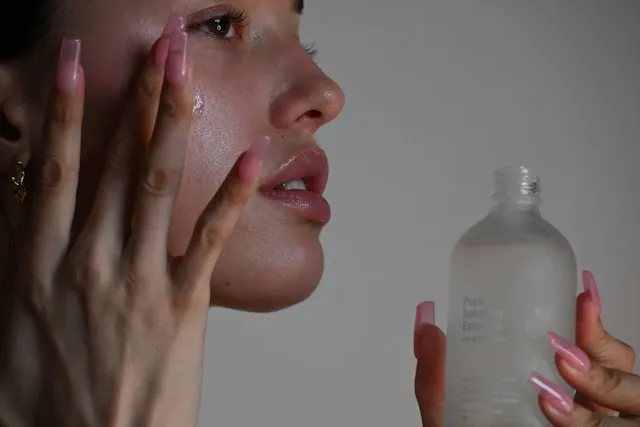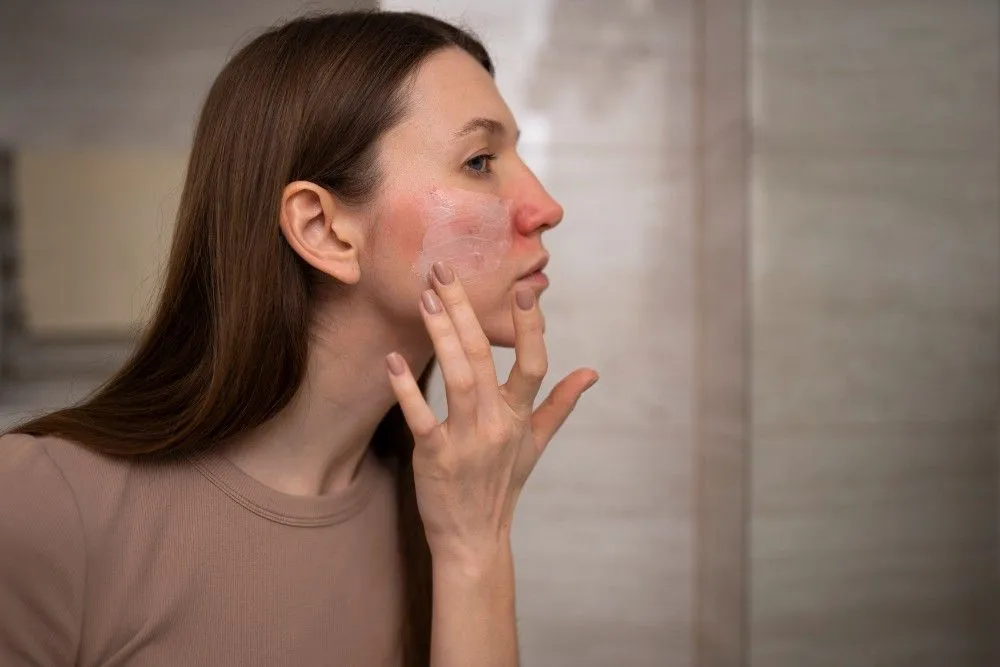|
Skipping the second Shingrix shot leaves only half the shield in place. With both doses, protection lasts for years. One alone wears off sooner, raising the chance of shingles problems later. |
Picture this: you get your first Shingrix shot, feel the soreness, then life gets busy and the second dose slips your mind. But what happens if you don’t get the second Shingrix shot? One dose alone doesn’t give lasting protection. Skipping or delaying the follow-up leaves you vulnerable to shingles, a painful condition linked to nerve damage, vision issues, and long-term complications. Here’s what you need to know if you missed it.
What Happens If You Don’t Get the Second Shingrix Shot on Time?
The Shingrix vaccine works by teaching your immune system to recognize the shingles virus and mount a defense. The first dose sparks the response, but it gradually wanes. The second shot reinforces your immune memory, giving you long-lasting protection. Without it, your defense is weaker, leaving you more vulnerable to shingles and its painful complications.
Data shows the difference: Harvard Health reported in April 2024 that adults who received both doses remained about 73% protected even four years later, while those who stopped after one dose saw their protection drop sharply over time. That’s why doctors emphasize completing the series.
If you missed your second dose, here’s what experts recommend:
-
Try to get it as soon as possible (vaccine finder tools online can help).
-
There’s no need to restart the series.
-
Do not substitute it with a different shingles vaccine (like Zostavax).
Completing both Shingrix shots ensures maximum protection and peace of mind against shingles.
How Late Can You Get the Second Shingrix Shot?
Not everyone hits the target window for the Shingrix second dose schedule. The CDC suggests two to six months after the first shot, that’s the sweet spot.
But if you missed it? Don’t panic. You usually don’t have to restart the series. The vaccine is forgiving. Even if you’re months late, you can still take the second shot and lock in the benefits.
Key timing pointers:
-
Two to six months: standard interval.
-
Past six months: still take it, no need to start over.
-
Certain health conditions: immunocompromised patients may need it as early as one to two months.
That means if you’re standing in front of your calendar wondering, “Did I blow it?” the answer is almost always no. The Shingrix dosing interval has wiggle room built in.
Is One Shingrix Shot Enough?
Some patients shrug and think, “Well, at least I got one.” But one Shingrix dose vs two isn’t a minor difference. In studies, two doses held up at 76% effectiveness across four years. A single dose started at 64% and slid to 52% by the third year. That’s a pretty steep drop.
It’s like putting up a fence around your yard but leaving one side wide open. Yes, it slows down trouble, but it doesn’t keep it out. Shingles can still strike, and if it does, the nerve pain (called postherpetic neuralgia) can last for months. One shot is better than nothing, sure, but it isn’t enough for long-term protection.
Do You Need to Restart the Shingrix Series If Delayed?
This is one of the most common worries. Patients think they need to repeat the first shot if too much time has passed. Thankfully, that’s not how it works.
The immune system doesn’t “forget” the first dose entirely. Even if the booster comes late, the first dose left a mark. So instead of starting the incomplete Shingrix series all over, you simply finish it when you can.
What guidelines say:
-
CDC advice: Delays don’t reset the clock. Just get the missing second Shingrix dose.
-
Effectiveness: Two doses, even with a longer gap, are better than one.
-
Practical tip: If scheduling is a problem, book your second appointment when you get your first.
Restarting vs Continuing the Vaccine Series
|
Situation |
What to Do |
|
2–6 month gap |
Get your second dose on schedule |
|
More than 6 months' gap |
No restart needed, just finish the series |
|
Special medical conditions |
Adjust timeline with your provider’s guidance |
So, do you need both Shingrix shots? Absolutely. But restarting isn’t part of the plan for late doses. You simply complete what you started.
What Are the Risks of Skipping the Second Dose?
People skip for many reasons, side effects, cost, or simply forgetting. But missing the shingles vaccine, 2 doses, comes with risks.
1. Reduced Effectiveness
A single dose loses strength fast. By year three, one-dose protection slips to 52%. Compare that with two doses holding steady near 76%. That’s a wide gap.
2. Higher Risk of Complications
Shingles isn’t just a rash. It can cause postherpetic neuralgia, pneumonia, or even vision problems. Without both doses, your odds of these complications go up.
3. Possible Hospitalization
Roughly 1–4% of shingles patients end up in the hospital. Completing both doses lowers this chance significantly.
When weighing these numbers, the frustration of a sore arm for two days doesn’t look so bad. The incomplete Shingrix series simply doesn’t hold up against the real risks.
How to Make Sure You Don’t Miss the Second Dose
Missing the Shingrix missed dose usually isn’t about fear; it’s about forgetting. Appointments get buried, reminders get ignored, and before you know it, six months have passed.
Tips to stay on track:
-
Schedule your second shot when you get the first.
-
Set phone reminders for the two-to-six-month window.
-
Ask your pharmacy if they can send text or email alerts.
Simple planning avoids future stress. No one wants to be stuck asking, yet again, what happens if you don’t get the second Shingrix shot on time.
Who Should Get the Shingrix Vaccine?
Anyone who has had chickenpox before should get vaccinated. The CDC recommends it for:
-
Adults 50 years or older
-
People with weakened immune systems (HIV/AIDS, cancer, kidney disease, or other conditions)
Even if you do not remember having chickenpox, you can still carry the virus. Many people had mild cases as children and never realized it.
Shingrix is now the best shingles vaccine because it gives longer-lasting protection than the older Zostavax vaccine.
Who Should Avoid the Shingrix Vaccine?
Most people can take Shingrix safely, but some should check with their doctor first.
You should not get the vaccine if:
-
You are pregnant
-
You have an active case of shingles
-
You had a severe allergic reaction to a past Shingrix shot
If you have a mild cold or common illness, you can still get vaccinated.
What If You Had Side Effects After the First Shot?
This is where hesitation sets in. The first dose left your arm swollen, maybe even knocked you out for a day with chills. Understandably, you don’t want a repeat.
Here’s the thing: side effects after the second shot are common, but not guaranteed. Some people actually feel better after the second compared to the first. And even when the symptoms show up, muscle pain, fatigue, a mild fever, they tend to fade in two or three days.
In exchange, you gain years of protection. Short-term discomfort versus long-term safety. Most providers say the trade-off is worth it.
Special Situations
Not everyone follows the same timeline. The Shingrix booster timing may shift depending on health status or life events.
Considerations include:
-
Pregnancy: Best to wait until after delivery.
-
Current shingles outbreak: Delay vaccination until recovery.
-
Severe allergic history: Avoid if allergic to ingredients in Shingrix.
-
Immunocompromised patients: May need a shorter dosing gap, as little as 1–2 months.
For most adults, the shingles vaccine is strong and safe. These exceptions are about tailoring the plan so it fits individual needs, not skipping it altogether.
Final Thoughts
Shingrix works best with both doses. If you skip the second shot, your protection is incomplete, and your risk of shingles, a painful virus that can cause long-term nerve issues, increases. Even if you’re late, don’t worry; you can still get the second dose. Schedule it as soon as possible to ensure full protection. Completing both doses strengthens your immune system and keeps shingles at bay. If you haven’t received your second Shingrix shot yet, book your appointment today, your future self will thank you.
أسئلة متكررة
Can I still get the second shot if I missed it?
Yes, you can still get it; talk to your doctor about scheduling it.
How long after the first shot should I get the second one?
The second shot is usually given 2 to 6 months after the first.
Does Shingrix have side effects?
Yes, some people may have mild side effects like soreness or tiredness.
Is Shingrix necessary if I've already had shingles?
Yes, it’s recommended to get Shingrix even if you've had shingles before.
How many shots do you need for Shingrix?
You need two shots for full protection.
What happens if I skip the second Shingrix shot?
Skipping the second shot may leave you less protected against shingles.
Is one Shingrix dose vs two a big difference?
Yes. Two doses keep immunity near 76% for years, while one fades faster.
What if the Shingrix dosing interval is longer than six months?
You don’t restart. Just finish with the second shot as soon as possible.
Can the Shingrix second dose schedule be changed for health conditions?
Yes. Some immunocompromised patients may be advised to shorten the gap.
-User-1754380331.png)
كُتب بواسطة







